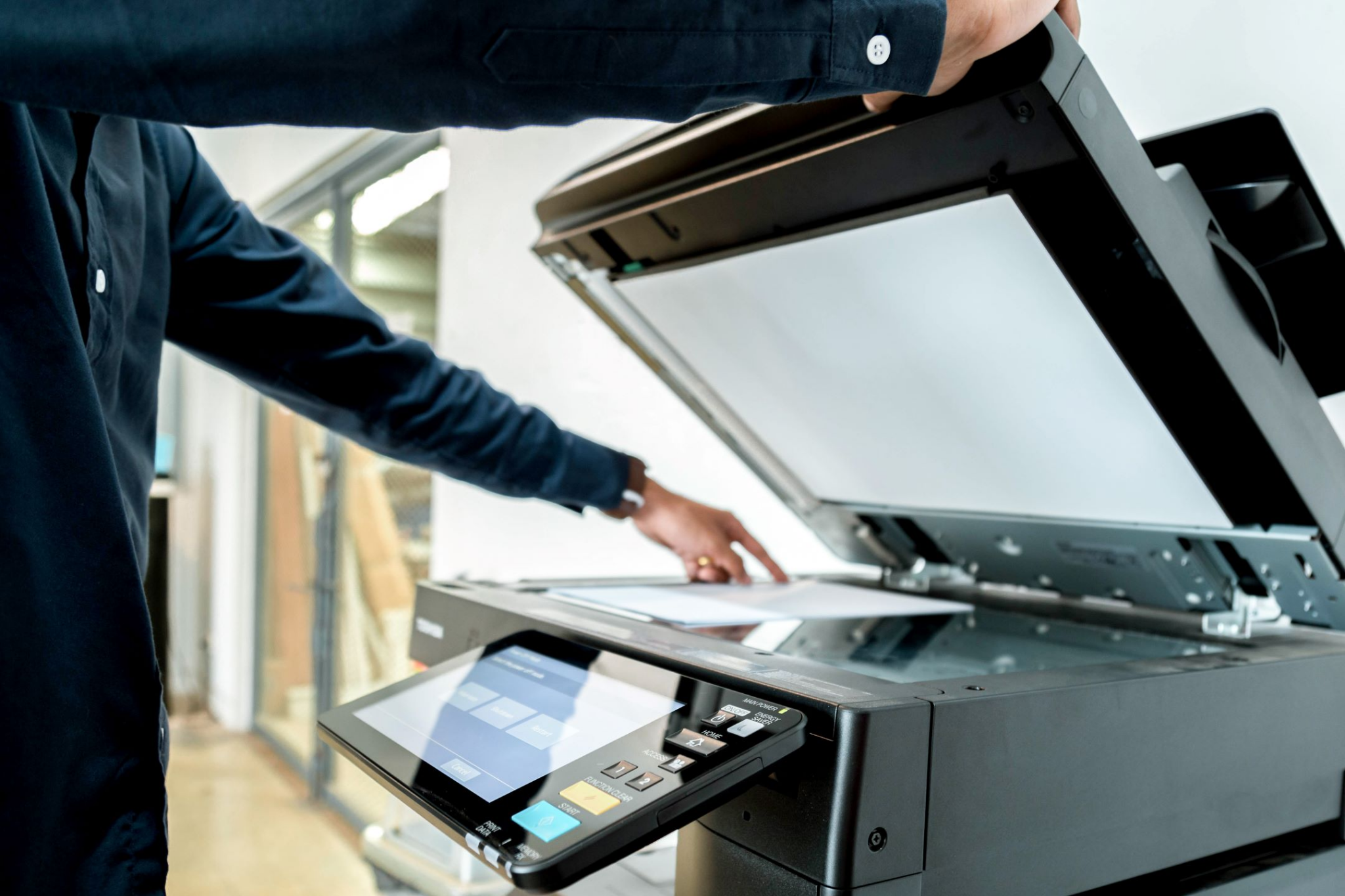
Choosing the right printer for your small business can feel like a bigger task than it should be. There’s no shortage of options; each seems to promise more than the last. But when juggling a busy schedule and tight budget, you need a machine that gets the job done.
Multifunction printers (MFPs) combine printing, copying, and sometimes faxing into one device. That means less clutter and more efficiency in your office. But not every MFP is the same. To get the best value for your money, it helps to know which features are best for small business use.
In this article, we’ll break down exceptional features that make a difference for small and medium businesses. Read on for the details!
Multifunction Capabilities
Multifunction printers should do more than print. You need one that can also scan, copy, and fax. Having an all-in-one printer will save space and keep your workflow simple.
Think about what your business uses most. If scanning is part of your routine, choose a model with an automatic document feeder. It makes scanning faster, especially when you’re handling stacks of paper.
Additionally, copying should be quick and easy. Some multifunction printers let you resize or organize pages from the control panel. And if your industry still uses faxing, ensure that option is included. It’s better to have it ready than scramble later when needed.
Paper Handling and Tray Capacity
You don’t want to keep stopping to refill paper during a busy day. That’s why you need to consider the machine’s paper handling and tray capacity. A printer with a large input tray can hold more sheets, so you won’t need to reload it as often.
It also helps when your printer can handle different paper sizes. Whether it’s legal documents, envelopes, or thicker paper like cardstock, having options adds flexibility to your tasks. You won’t need separate devices to print something different.
Automatic duplex printing is another helpful feature. It saves paper and lowers printing costs without extra effort. Once you have it, you’ll wonder how you worked without it.
Print Speed and Volume Capacity
Print speed determines how quickly the printer can produce documents. For small businesses with moderate printing needs, a speed of 20 to 30 pages per minute (PPM) is usually sufficient. High-volume businesses may require faster speeds to maintain workflow efficiency.
Be sure to assess the recommended monthly duty cycle, which indicates the printer’s durability under consistent use. A higher duty cycle ensures the machine can handle frequent printing without breakdowns.
Connectivity Options
You need a multifunction printer that connects easily with your workflow. Wireless printing is necessary for using phones, tablets, or laptops around the office. It lets you send documents to print without plugging in anything, which saves time and keeps things moving.
You should also check for wired options. Universal serial bus (USB) and Ethernet connections give stable performance, especially when printing a lot at once. They’re reliable and keep things simple when wireless isn’t an option.
Most importantly, make sure your printer connects to cloud storage. If you use services like Google Drive or Dropbox, you can pull up files and print them without extra steps. Some models even work with mobile printing apps, which adds even more flexibility when you’re on the go.
Print Quality and Resolution

Printing quality matters, especially when you’re handing documents to clients or printing anything that represents your business. You want the text to look sharp and the images to come through clearly. That’s where resolution comes in. A printer with at least 1200 x 1200 dots per inch (DPI) gives clean, crisp results that look professional.
If you often print detailed designs or color-rich visuals, choose a model that handles color well and offers even higher resolution. Laser printers are great for clear text, while inkjets usually do better with color prints. And if you’re producing marketing materials like brochures or flyer printing in Australia, having a high-quality printer ensures your visuals pop and your message gets across without compromise.
Cost Efficiency and Consumables
Printing costs can add up quickly, so planning is crucial. Some printers seem affordable, but ink or toner costs add up quickly. Always check how much each page will cost you to print.
Models that work with high-yield cartridges will also come in handy. These last longer and need fewer replacements, which means fewer interruptions and more savings over time.
Most importantly, choosing an energy-efficient printer will help lower your electricity bill without affecting performance. So, make sure you look for one that’s ENERGY STAR certified—it’s a small detail that can make a big difference. To save even more, consider using Sell Toner to turn unused or empty cartridges into cash—helping offset printing costs while keeping your workspace clutter-free.
Security Features
If you deal with sensitive information, your printer should help keep it safe. One way to stay protected is through user authentication. This ensures that only approved users can access the printer and keeps others from using it without permission. Encryption will also protect your files as they move across your network so no one can grab them in between.
Another key feature is secure print release. It holds your print job until you’re at the machine and ready to collect it. That way, you don’t leave anything behind for the wrong eyes to see.
Conclusion
Choosing the right multifunction printer isn’t just about picking the most popular model. It’s about finding one that fits your business. When you have a printer that prints clearly, connects easily, and handles your daily tasks without slowing you down, everything runs smoother. Think about what matters most for your business. Whether it’s speed, print quality, or reliable scanning, the right features can save you time and money.




